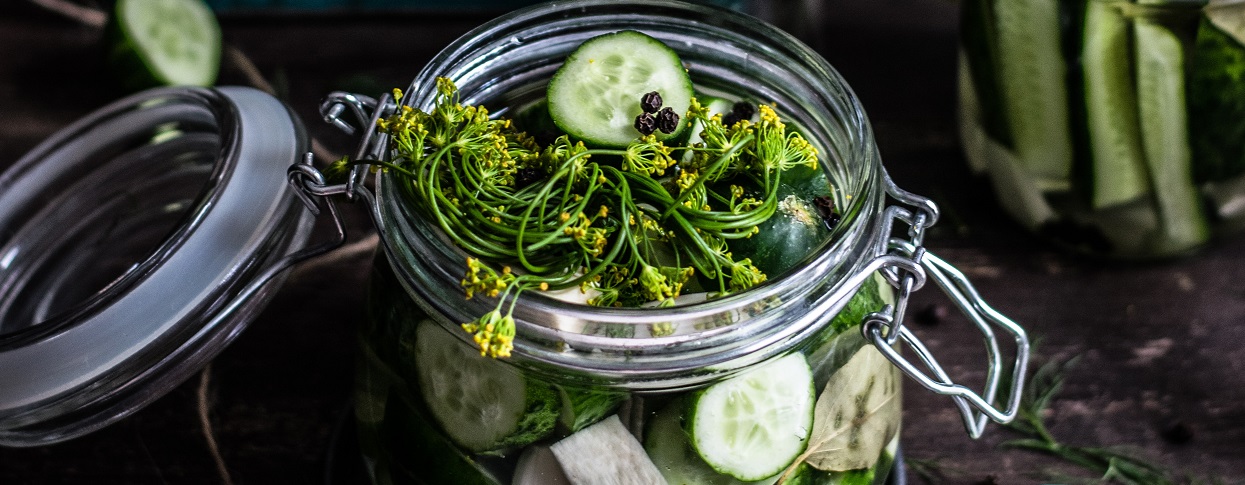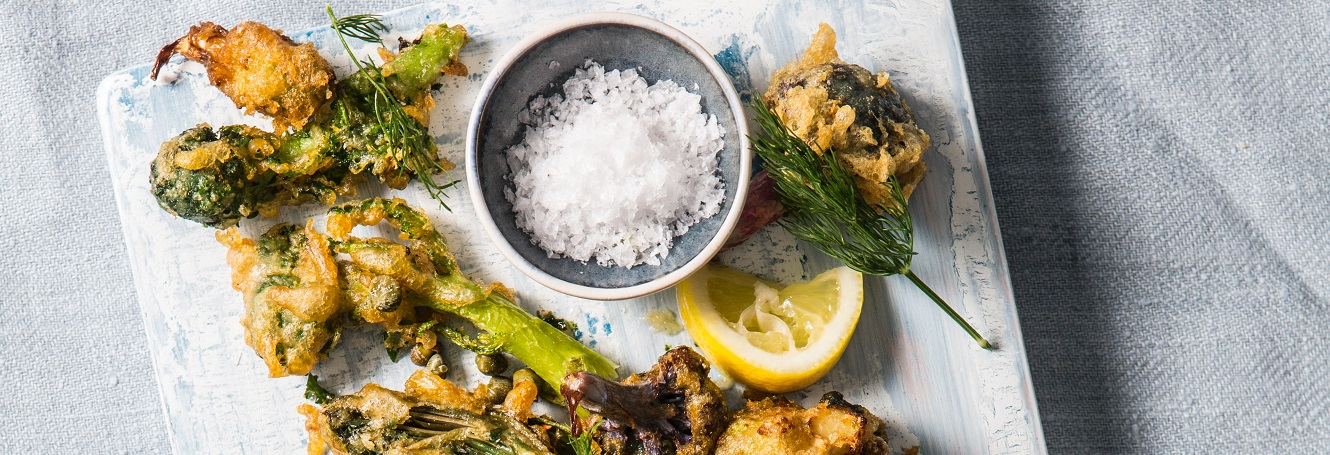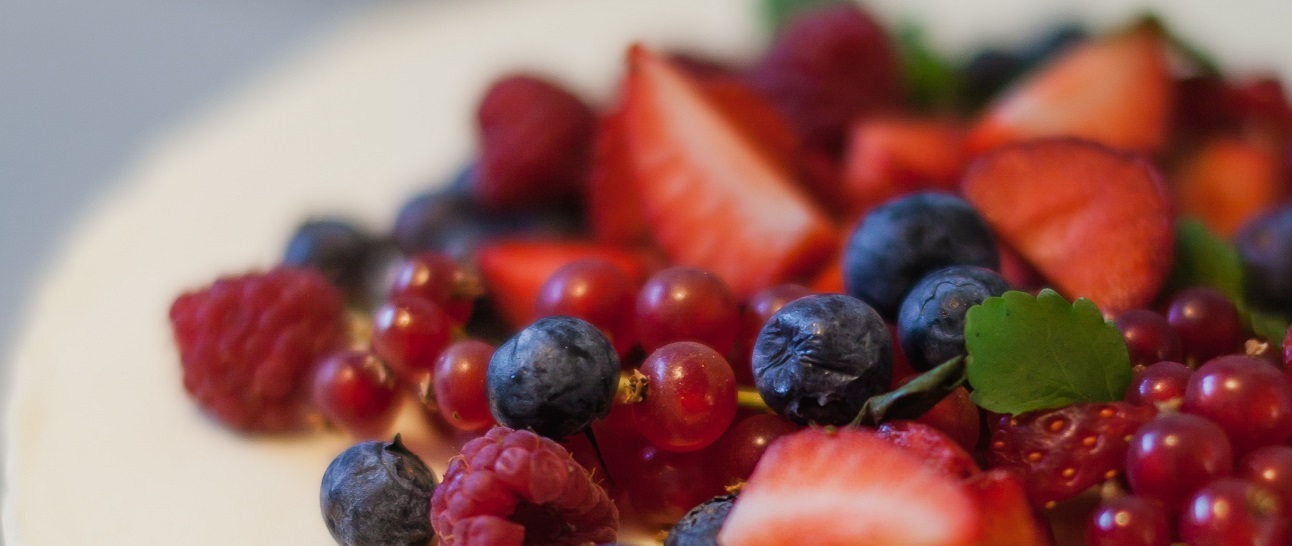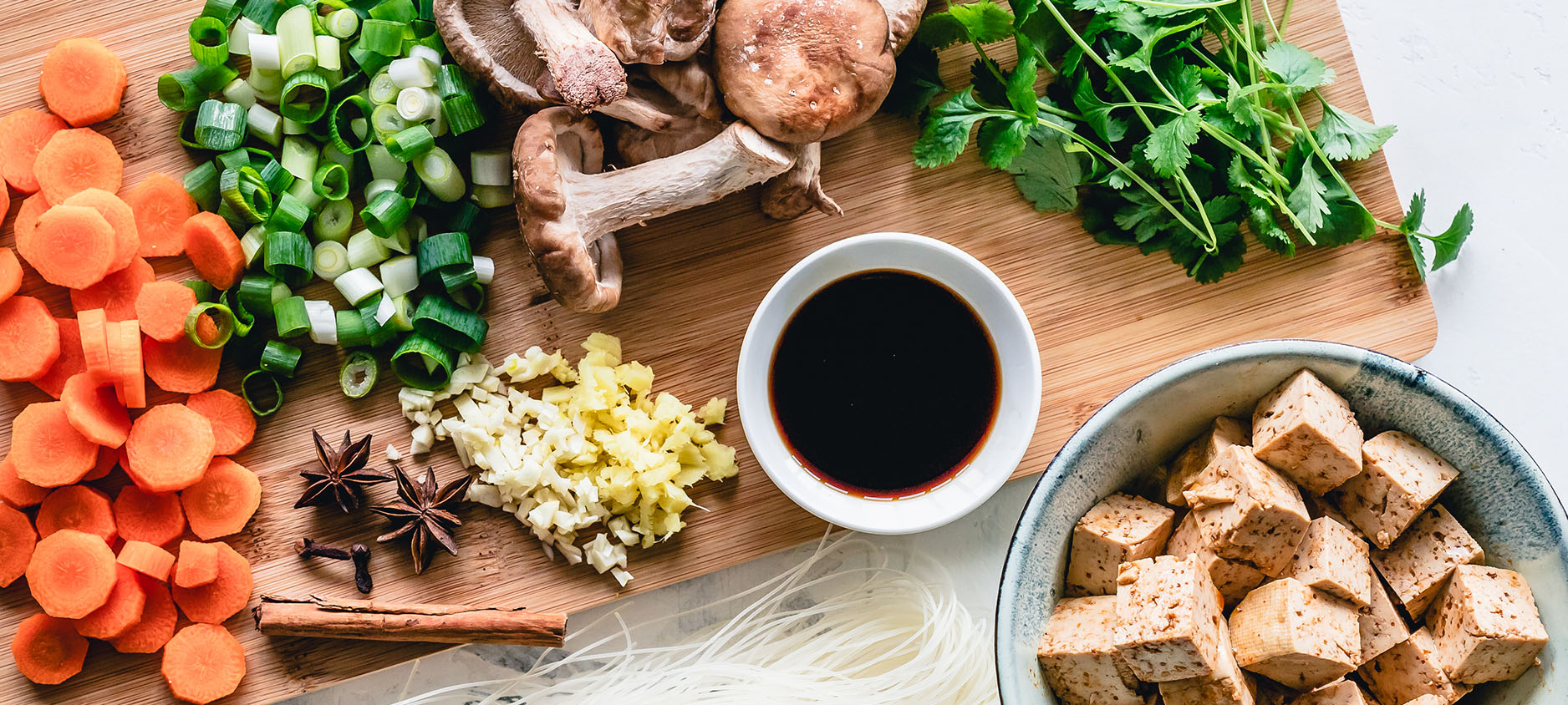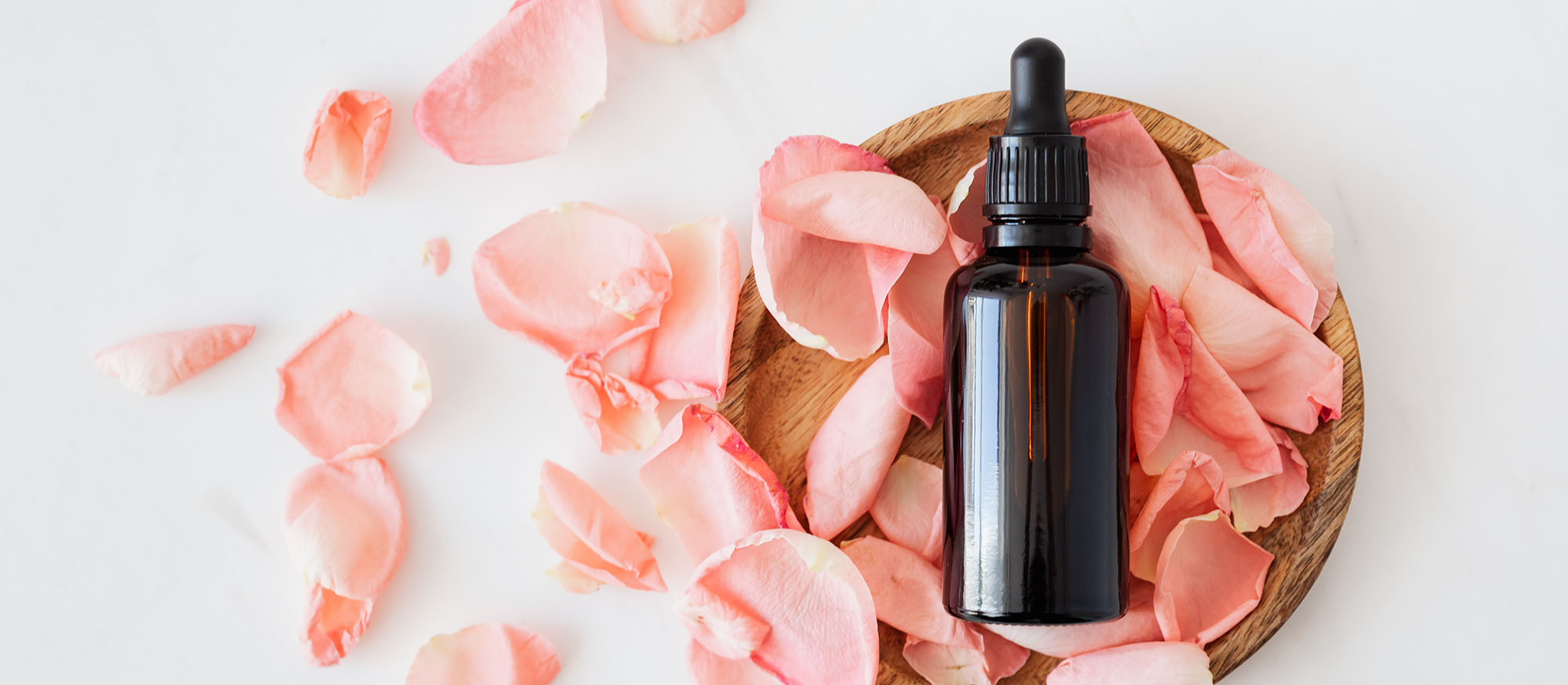Fall is a time of change, and this year, maybe one of the changes you're looking forward to is an updated hairstyle. Before you choose a new cut and color, though, make sure you know how to keep your tresses looking their best during this season, which presents unique challenges compared with summer and winter. For one thing, you may be coming off a summer of chlorine, sunshine, and saltwater. If so, you're probably starting with a 'do that's seen better days. Here's how to fix it.
Remove Damaged Ends and Boost Your Color
The purpose of getting your hair trimmed every six to eight weeks is to keep it healthy, not just maintain the cut you've been wearing year after year. So, whether you're ready for an updated look or not, go ahead and get that trim. The effect is instantly brightening and refreshing because the old, scraggly ends are removed, and the shape of your cut is restored.
Update Your Look
Once you've convinced yourself that it's time for a new look, decide whether you want to subtly tweak your style or make a dramatic change. If you decide on a new color, choose one with warm undertones to match the season. A multi-dimensional hair color brings movement and depth to your appearance, which can give you a boost on a drab autumn day. If you want to stick with your classic color, boost it with a custom shampoo or gloss pack. On the other hand, if you decide to keep it natural, a salon-quality gloss treatment can still work wonders in smoothing, shining, and increasing vibrancy.
Douse Your Hair With Extra Moisture
Cold weather and dry air go hand in hand, and you need to protect your hair from both. If you can regulate the humidity in your home or office, start there. However, you won't be able to control the climate everywhere you go this season, so take the next step and invest in a moisturizing shampoo and conditioner. Keeping your strands well moisturized can help protect against breakage and frizziness. Add an extra layer of protection against the damaging effects of cold air by wearing a hat with a soft lining.
Give Your Tresses a Rest
You already know that heat styling can do a number on your hair. Fall is the perfect time to give it a break and let it air dry because on some days you'll be wearing a hat or hood all day, anyway. If you must blow-dry, straighten, or curl your hair, be sure to use a heat protectant. Better yet, select a heat-activated product that not only protects your strands but also strengthen them and add shine.
Treat Yourself
Fall is the perfect season to invest in a day at the spa or a spa day at home, depending on what you prefer. While you're busy pampering your skin, make time for a special hair treatment, too, such as a rejuvenating hair mask, deep conditioner, or oil. To get into the autumn spirit, try a pumpkin- or apple-scented product.
Autumn doesn't have to be a boring hair season. As you can see, it's a great time to freshen things up and restate your identity. It's also the perfect opportunity to make sure your hair is healthy heading into winter.





